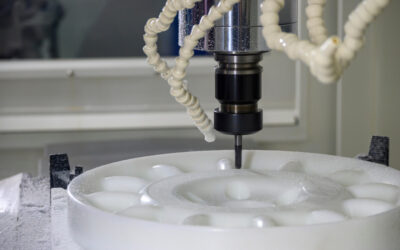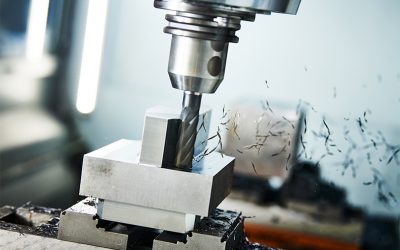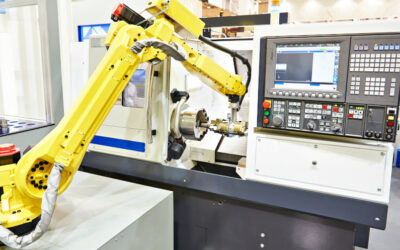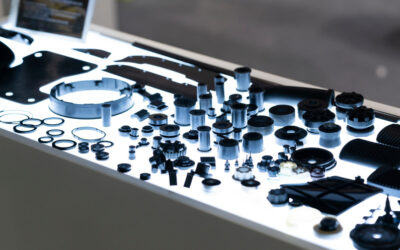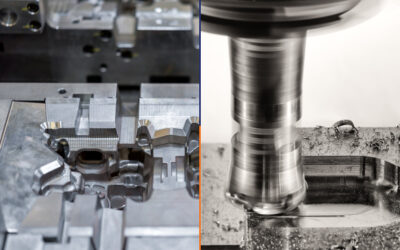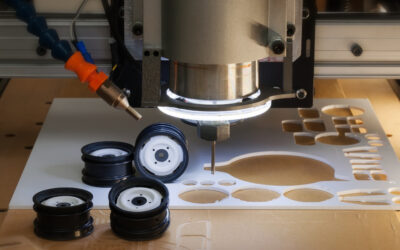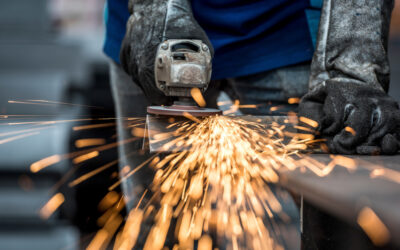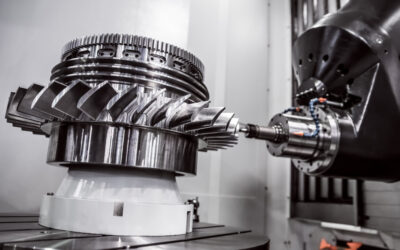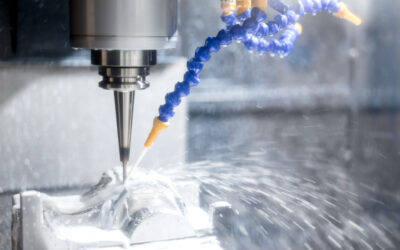Blog
CNC Machining Plastic: 4 Essential Tips You Should Know
Companies around the world use CNC machining to craft high-quality components from diverse materials like ceramics, wood, and composites. Metal and plastic take the forefront in mass production, with metals enjoying wider machinability. Machinists can adeptly tackle...
What is CNC Milling? Learn About This Useful Manufacturing Method
CNC milling is a CNC process that involves the use of rotating cutters to remove portions of a block of material (or workpiece) till the desired custom shape (or feature) is made. It allows manufacturers to create intricate parts accurately while meeting tight...
AI for CNC Machining: How is Artificial Intelligence Impacting the Field?
The evolution of CNC machining has been marked by significant technological advancements. From the early days of punch tape and rudimentary programming, CNC machining has evolved to incorporate sophisticated software and high-speed, multi-axis machines. In recent...
Machined Castings: What are They, and What are Their Benefits?
The metal machining and casting processes are often portrayed as a “pick one or the other” comparison for fabricators. But as we hinted in our recent article about casting vs. machining, there are many cases where the most efficient means of production will leverage...
Casting vs. Machining: What are the Pros and Cons of Each Method?
When product designers need to manufacture a metal part, they’ll find they have a wide variety of fabrication methods to choose from. Among these, two of the most popular options are casting and machining. But how do they compare? This article provides an overview of...
Machining ABS Plastic: The Benefits, Challenges, and 5 Important Tips
Plastics are incredibly useful. They’re affordable and very lightweight. They can also offer benefits, like chemical resistance, transparency, elasticity, electrical resistance, and more, depending on the plastic. ABS is a popular plastic for applications that need a...
What is Metal Fabrication, and Why is it Important in Modern Manufacturing?
Humans have been making tools, structures, artwork, and other products from metals for thousands of years. Ancient gold jewelry and coins and antique iron cookware are a few well-known examples. Today, however, we’re surrounded by more metal products than ever before....
CNC Machining Medical Parts: 7 of the Top Applications in the Industry
While CNC machining has been around for decades serving many industries, the medical industry was among the slowest industries to adopt computer numerical control (CNC) technology. Back in 1961, CNC machining was already gaining popularity in the aerospace industry....
CNC Machining Aerospace Parts: 8 Things All Engineers Need to Know
There is significant demand for machined components in the aerospace industry. Did you know that the Boeing 747 comprises over six million parts? Manufacturers need cutting-edge practices and technologies to make components from various engineering materials. CNC...
What is Precision Machining? Plus 4 of the Most Common FAQs
The world of manufacturing has evolved tremendously over the years. The increasing demand for high-quality and intricate products requires a level of precision and efficiency that traditional manufacturing methods struggle to achieve. When it comes to turning your...

